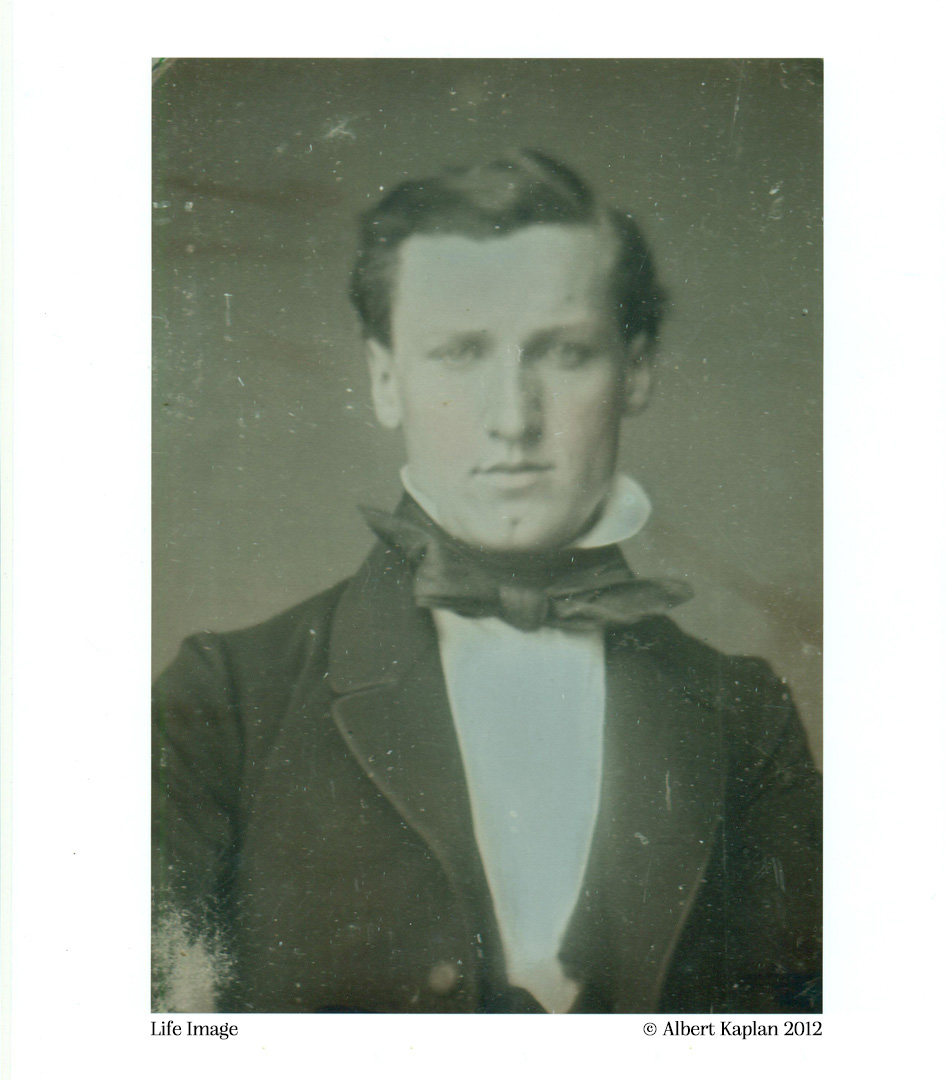
This enlargement print of the sixteenth size daguerreotype plate (1.375 by 1.625 inches) may be the highest quality reproduction possible. In 2021 this daguerreotype will be examined and scanned by the George Eastman Museum technicians after which perhaps we will have a better image.
“The technical quality of the daguerreotype is not very high. It is slightly out of focus, tonally flat, and overexposed. This puzzled me since a studio photographer in the mid-1850s, capable of working both the daguerreotype and collodion processes (see the label for Turnau’s offerings) should have been able to produce a better daguerreotype. However, copying daguerreotypes presented unusual difficulties, and did not always equal the studio standard of direct camera work. The characteristics of this daguerreotype are commensurate with copy daguerreotype work.”
– Grant Romer
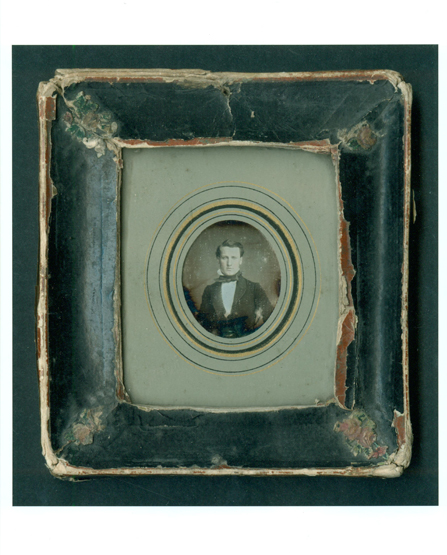 |
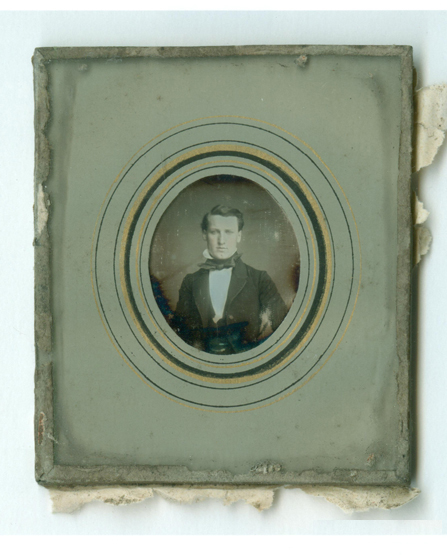 |
In professor’s Wilhelm Weimar’s 1915 publication, “Die Daguerreotypie in Hamburg”, Rudolph Turnau & Co., Neuerwall No. 27, Hamburg, is mentioned with the date May, 1855. |
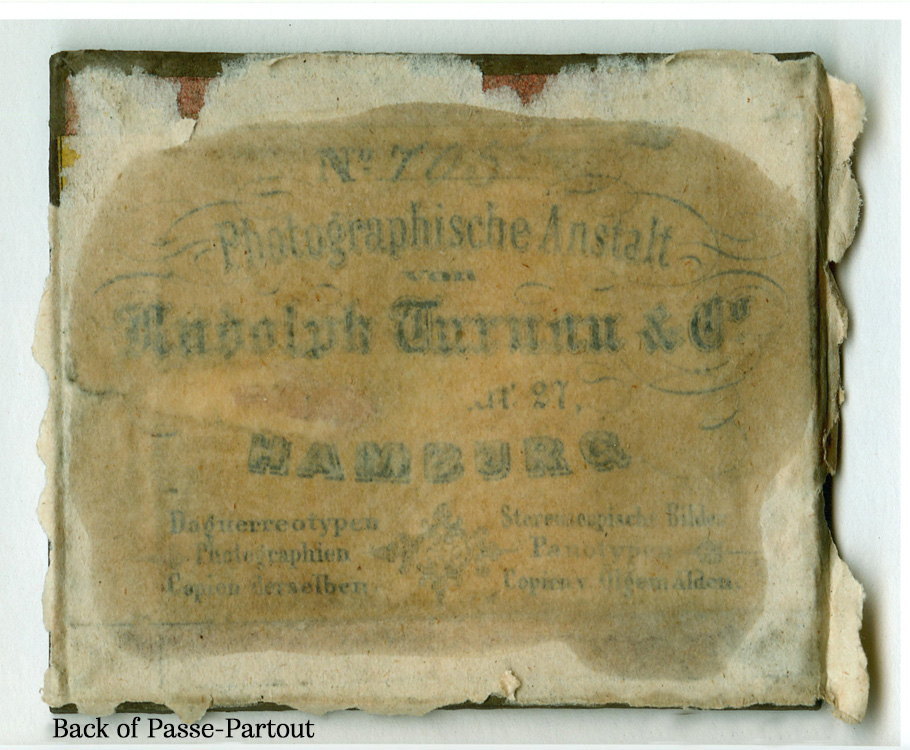 |
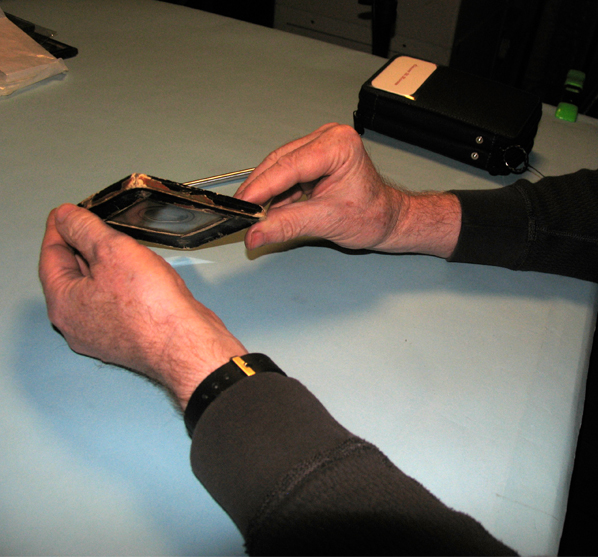 |
 |
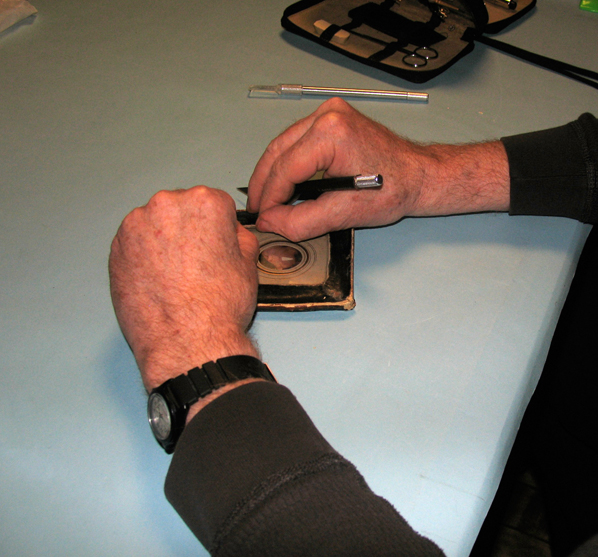 |
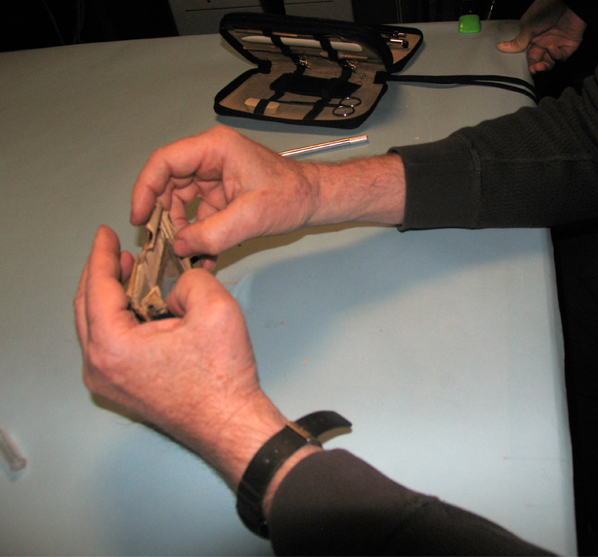 |
 |
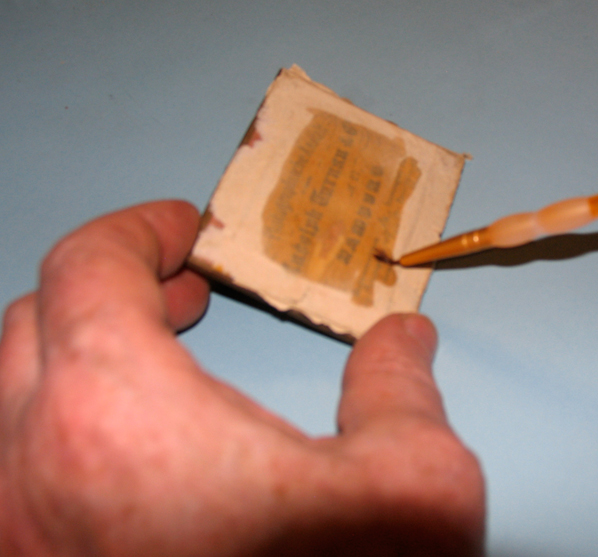 |
The hands you see are those of Grant Romer.
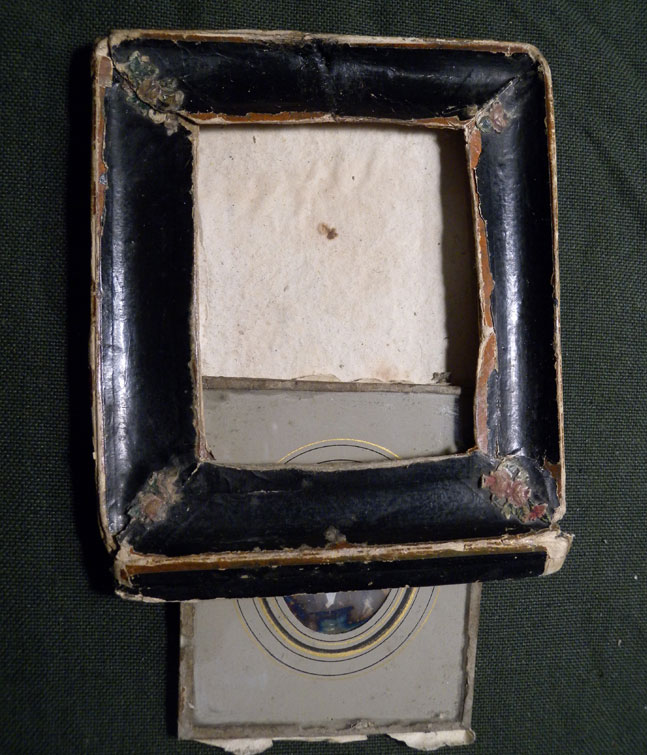 |
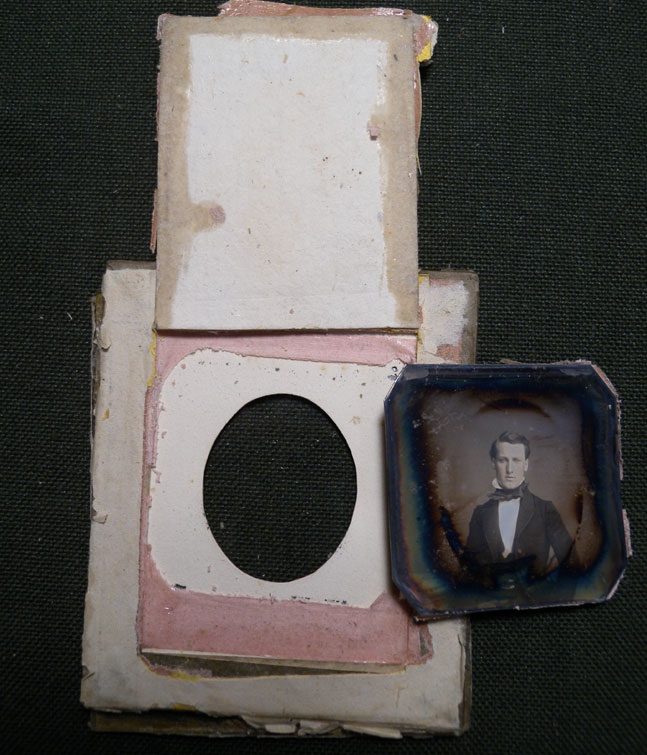 |
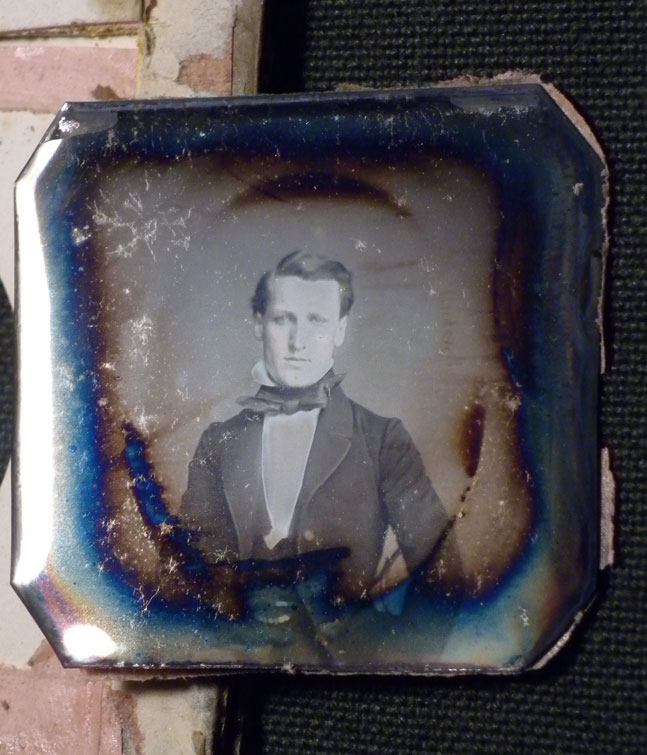
| Kaplan Collection | Known Images |
|---|---|
 Probably March or April, 1844 Probably March or April, 1844 |
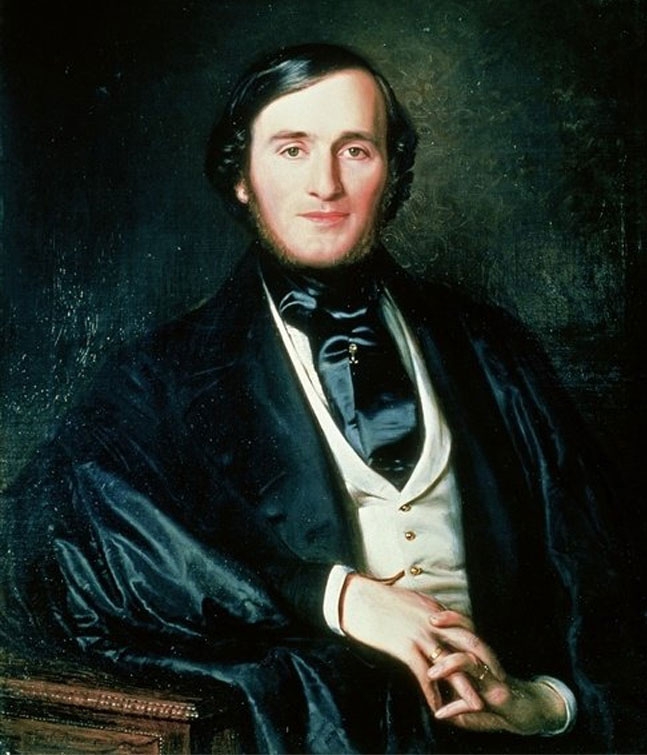 1843 1843 |
 Probably March or April, 1844 Probably March or April, 1844 |
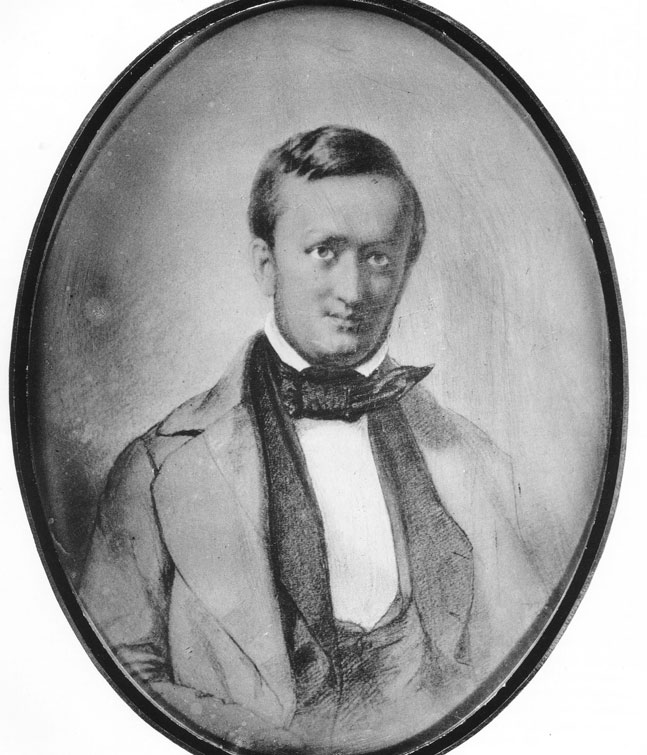 1850 1850 |
 Probably March or April, 1844 Probably March or April, 1844 |
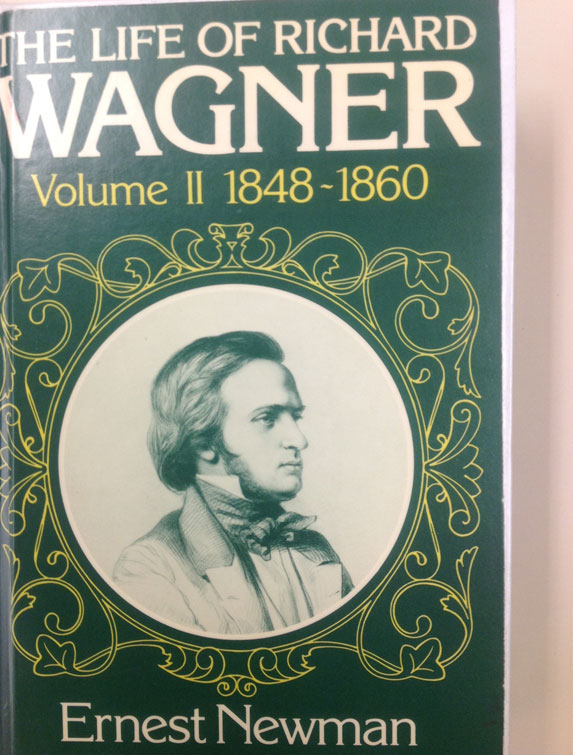 1850 1850 |
 Probably March or April, 1844 Probably March or April, 1844 |
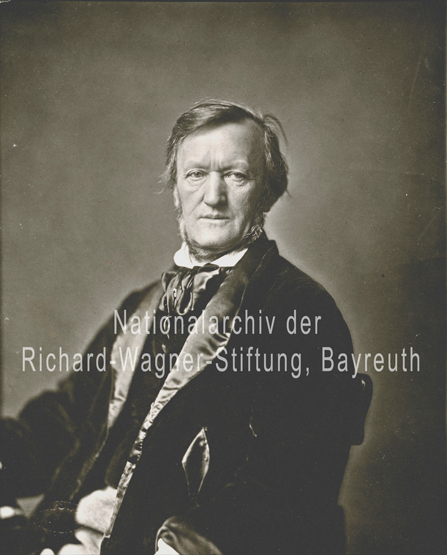 1871 1871 |
 Probably March or April, 1844 Probably March or April, 1844 |
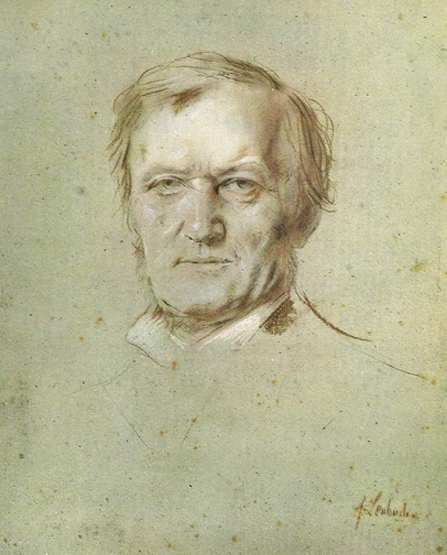 1880 1880 |
 Probably March or April, 1844 Probably March or April, 1844 |
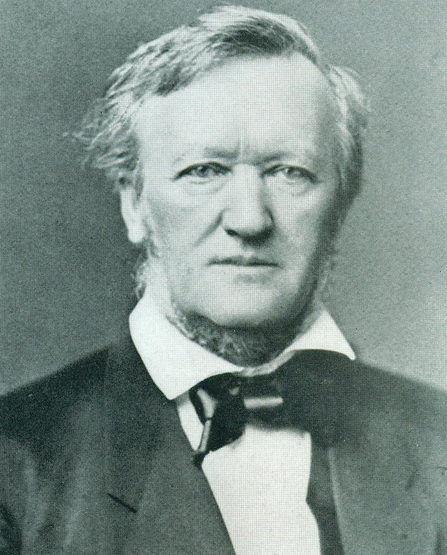 1881 1881 |
Conclusion
It appears that Hamburg daguerreian, Rudolph Turnau, was not the original maker. Rather, he made one or more copies of the likely 1844 Hamburg original. Perhaps he made 16 copies. If any other examples are extant it is likely they will be in Germany. Perhaps if this image of young Richard Wagner is publicized in Germany, one or more additional copy daguerreotypes will come to the surface. It is even possible that the original is extant! Both original and copies would be sitting unrecognized in private or public collections of daguerreotypes, or merchants’ inventory.
The following video has been produced by Bob Schmitt, the co-founder of Biometrica, Inc, which provides biometric facial identification security to casinos. All individuals who enter a Biometrica-covered casino are unobtrusively photographed, and compared to a large database of persons who for different reasons are not welcome patrons. He is one of the pioneers and leaders of the biometric facial identification industry.
“When first it dawned on human wisdom that the same thing breathed in animals as in mankind, it appeared too late to avert the curse which, ranging ourselves with beasts of prey, we seemed to have called upon us through the taste of animal food: disease and misery of every kind, to which we did not see mere vegetable-eating men exposed. The insight thus obtained led further to the conciousness of a deep-seated guilt in our earthly being; it moved those fully seized therewith to turn aside from all that stirs the passions, through total abstinence from animal food. To these wise men* the mystery of the world unveiled itself as a restless tearing into pieces, to be restored to restful unity by nothing save compassion.”
– Richard Wagner
*Plutarch, Hesiod, Seneca, etc.
Post-Script
October 28, 2017
As Lincoln is to the United States, Richard Wagner is to Germany. He is their greatest son. This copy daguerreotype of young Ricard Wagner, will surely be, to Germany, the holy grail.